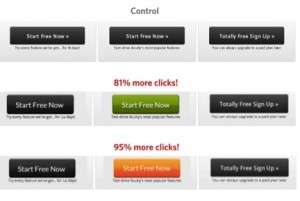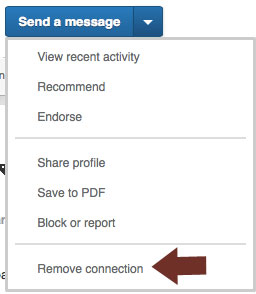— November 27, 2017
As an eCommerce merchant, you should always be thinking about what’s best for your customers.
Everything — from your products to your online storefront — must be top-notch if you want to be ahead of the pack.
If you settle for anything less, then you’ll be at the mercy of your competitors, many of whom have bigger and better guns.
Regardless of your niche, your eCommerce platform is the centerpiece of your online business ecosystem. Your platform is where you customize your online store, build your landing pages from scratch, manage your inventory, as well as integrate a vast number of third-party services for extra functionality.
In this post, we’ll compare two of the most popular eCommerce platforms in the market today: Magento and BigCommerce.
Hopefully, by comparing these tools, you’ll see the pros and cons of both platforms, giving you a better understanding of which one might be the best fit for your business.
Let’s begin.
BigCommerce

The aptly-named BigCommerce is conceived to provide value to businesses with big ideas. While it offers a simplified and easy-to-use interface, it also has one of the most comprehensive arsenals of tools in the eCommerce world, many of which are built right into the core platform.
It features a visual theme editor, inventory management, product categorization, and more.
To optimize your experience, BigCommerce kicks off with a short setup page:
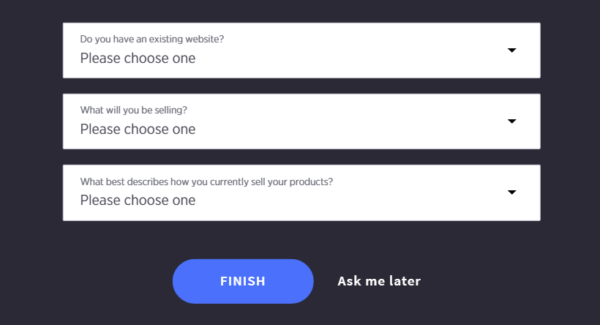
This onboarding prompt is definitely helpful if you want to tailor the store setup experience to your needs.
In the main dashboard, you will notice a CMS-like layout that bloggers and website owners are familiar with. A persistent main menu is shown on the left, where you can easily navigate between the various sections of the dashboard.
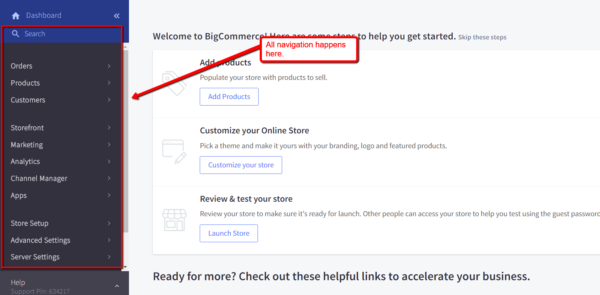
At a quick glance, you can immediately tell that BigCommerce means business. It even has built-in analytics to help you optimize your store and maximize profits over time.
Designing Your Storefront
Creating your BigCommerce store is quite straightforward.
The simplest way to get started is to click the “Customize” button from the dashboard. Alternatively, you can navigate to the “Storefront” tab from the main menu to start editing your theme.
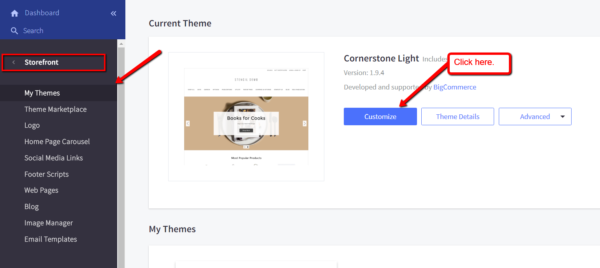
BigCommerce features the “Stencil Theme Editor” for the customization of your digital storefront. Here, you can modify different aspects of your design, such as the buttons, product presentation, header logo, and so on.
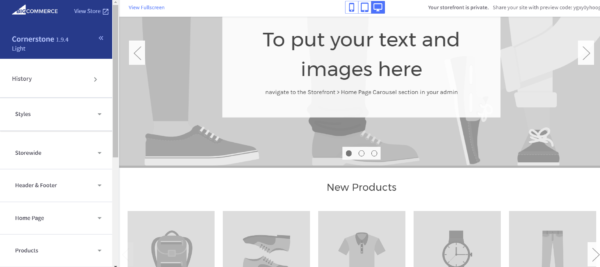
It’s worth noting, however, that your customizations are applied over a base theme, which you can only change after you’ve installed it from the theme marketplace. To select your design theme, head back to the “Storefront” tab and click “Theme Marketplace” to start browsing.
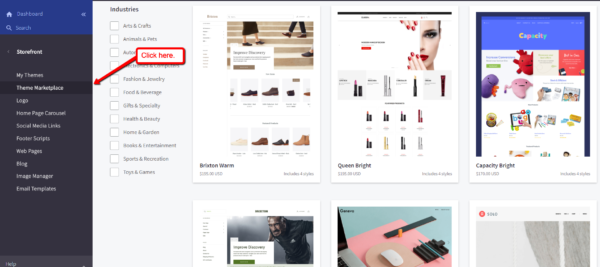
Product Management Features
When it comes to driving eCommerce success, appearance is only part of the equation. You also need to look at the product management features that a platform has to offer.
BigCommerce has a robust product management page, where you can complete a number of tasks — from categorization to reviews and other associated media assets.
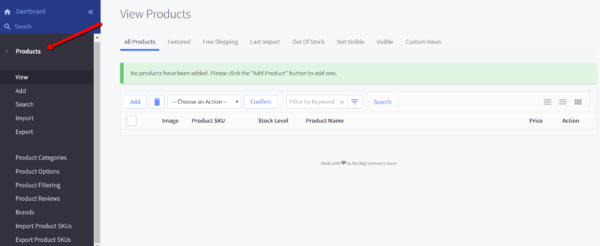
You can add, search, import, or export products by clicking the appropriate menu item on the left. Depending on what you need to do, BigCommerce will bring up a visual configuration page where you can do everything in a few clicks.
For example, if you wish to add a new product, simply click “Add” and fill in the details, upload multimedia, set bulk pricing, and more.
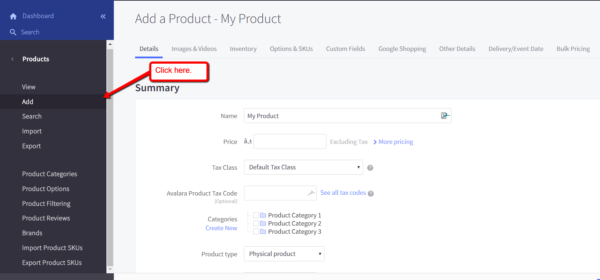
Why You Should Pick BigCommerce
Now that we’ve covered the basics of using BigCommerce, here are a few other reasons why you should choose it as your platform:
- Intuitive Page Builder
You can use the WYSIWYG (What You See Is What You Get) page builder to create any page from scratch. Other options include displaying syndicated content from RSS feeds, using HTML, and linking to an external page. - Marketing Tools
BigCommerce is one of the very few platforms with built-in marketing tools. It can help you manage your AdWords campaign, email marketing, cart-level discounts, and other marketing-related activities — all in the same place. - Direct Social Commerce Integrations
Finally, the “Channel Manager” allows you to sell directly to external channels like eBay, Facebook, and Instagram within minutes.
Magento

Right off the bat, you should know that Magento is not for DIY solopreneurs. If you want value out of the platform, then you need a development team or professional freelancers at your side for all the technical work.
Needless to say, however, Magento is a powerful eCommerce platform, which is why a lot of big brands like Burger King, Brown-Forman, and Coca-Cola use it.
However, the question is, is it the right platform for you?
Let’s have a look around the Magento interface, first.
Designing Your Storefront
Unlike BigCommerce, you don’t need to manage your Magento shop through a single, dedicated web interface. Since it’s an open-source solution, everything, from the dashboard itself to the content editor, can be fully customized based on the needs of your business.
This is why the cost of Magento can range anywhere from $ 1,000 to over $ 100,000 per eCommerce site — on top of the monthly fee of $ 1,988 for the “Starter” plan.
As far as design goes, Magento also offers a number of themes that your development team can start with.
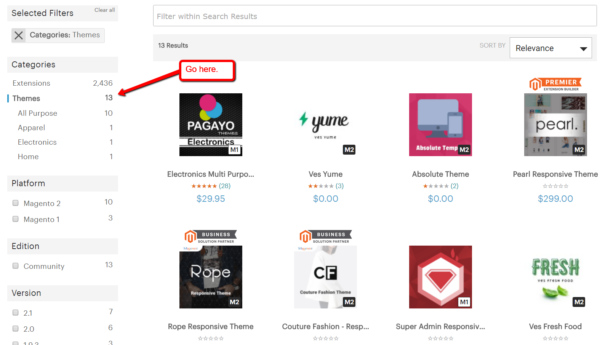
Product Management Features
Magento supports a number of catalog management extensions that store owners can use themselves. The “Advanced Content Manager,” for example, basically turns the platform into a CMS:
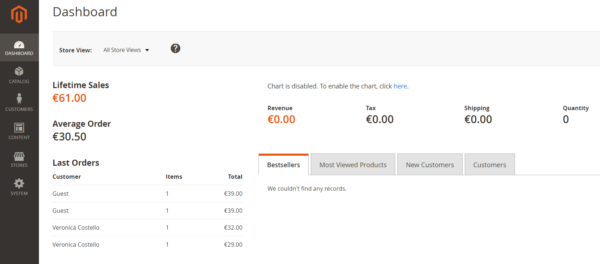
This is where sellers and web admins can fulfill tasks such as managing their products, customers, and page content.
For example, if you want to add a new product, go to the “Catalog” tab and then click the “Products” button.
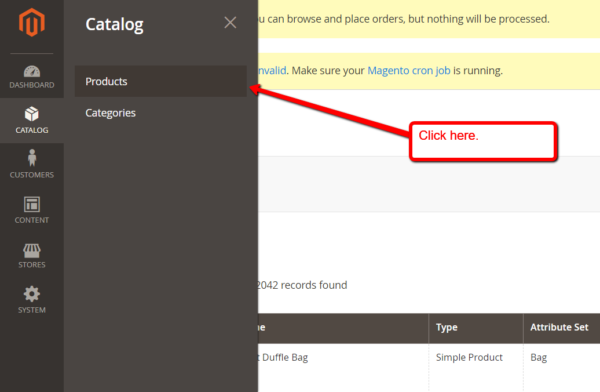
Next, click the “Add Product” button to bring up the “New Product” page. You can then provide all the details such as the product’s name, price, tax class, and images.
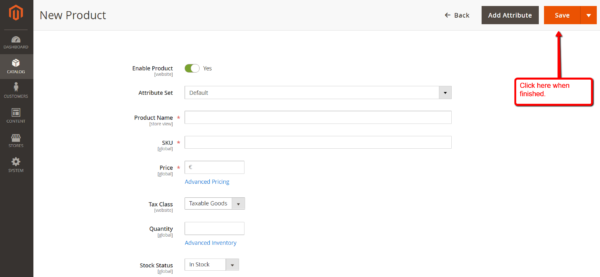
Why You Should Pick Magento
Magento may not be the most beginner-friendly platform out there, but it certainly gets the job done, especially for tech-savvy and bigger businesses.
Here are some reasons why it can be the right choice for you:
- Open Source
If you have the budget or knowhow and would rather have a platform that’s specifically designed for your company, then Magento fits the bill perfectly. - Fully Scalable
As your business grows, you can optimize the Magento ecosystem to scale with your changing requirements. It might be costly at times, but it’s also a must-have for enterprises with a high ceiling. - Expandable with Add-ons
While mastering the Magento framework itself may take a long time, you can always take advantage of extensions for faster results. As it stands, there are over 2,400 extensions you can purchase or use freely from the Magento Marketplace.
The Verdict
Considering user-friendliness, design, costs, and flexibility — BigCommerce seems better all-around eCommerce platform for most bootstrapping sellers. As there are no maintenance fees, no hosting costs and much of the customization work can be performed on a self-service basis.
Now that we’ve taken a closer look at BigCommerce and Magento, it’s time for you to decide which one is the better option.
Digital & Social Articles on Business 2 Community
(90)



